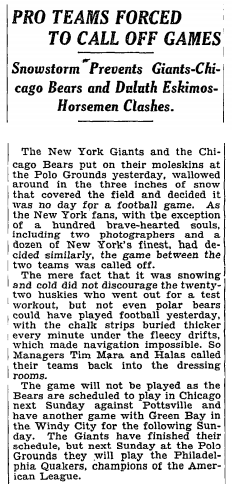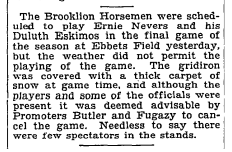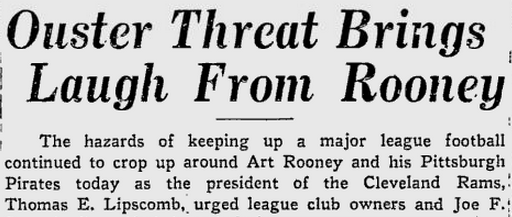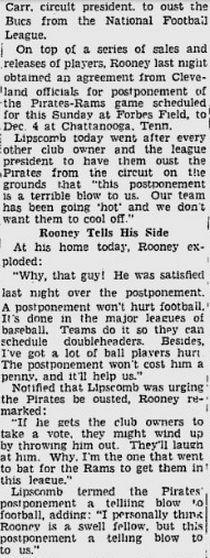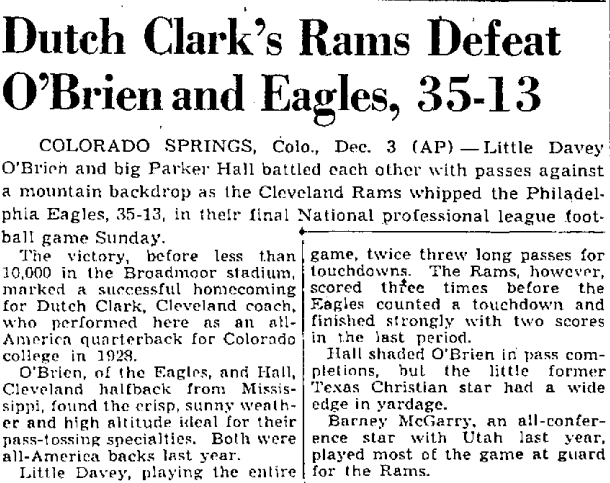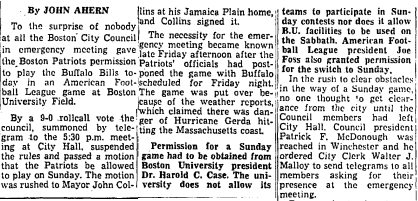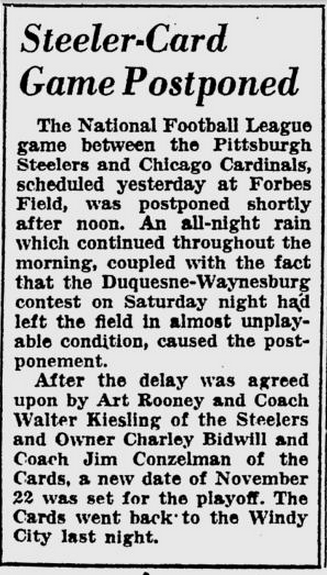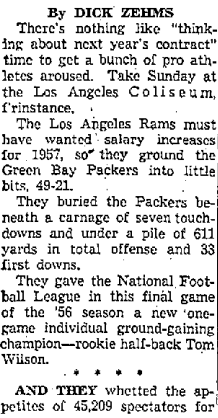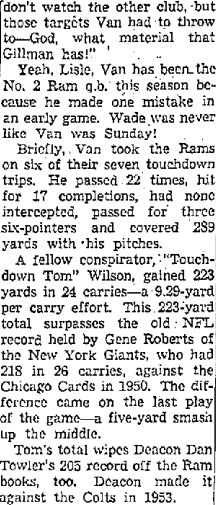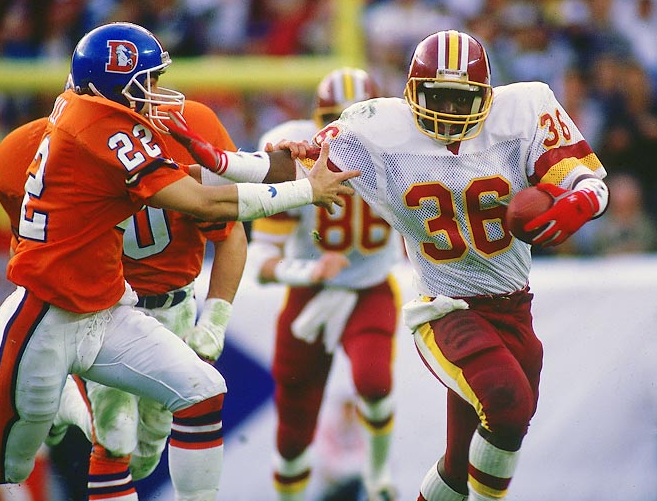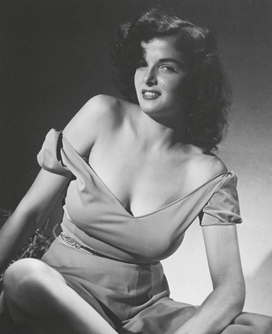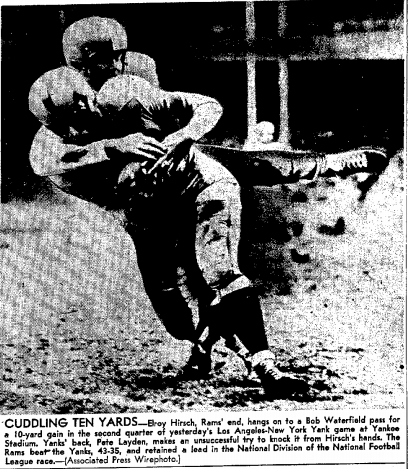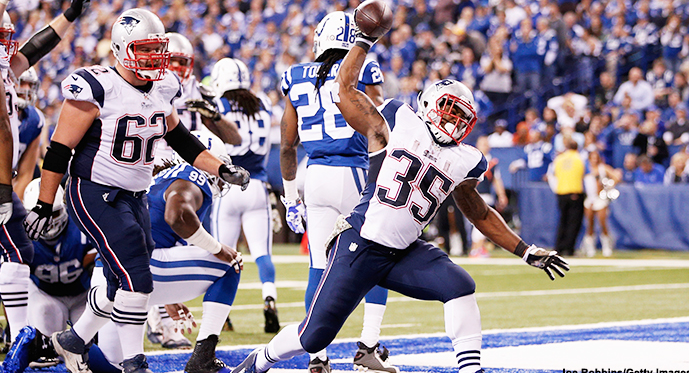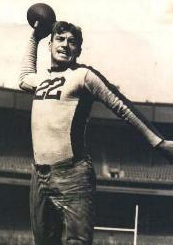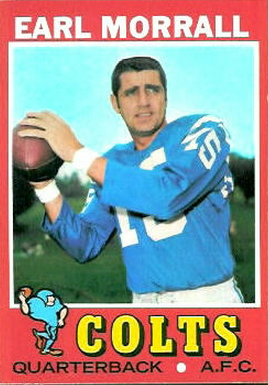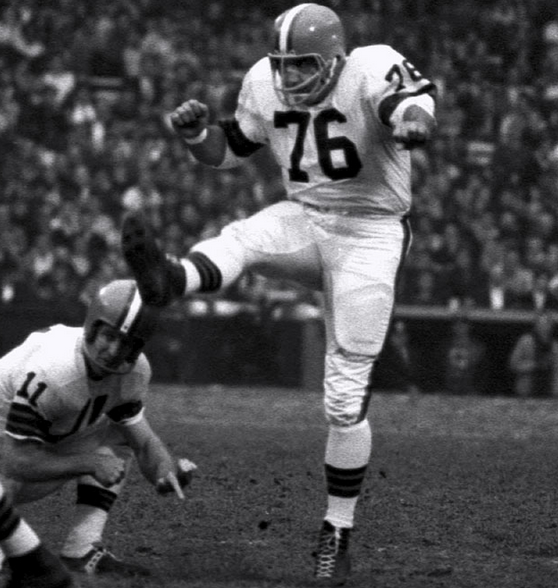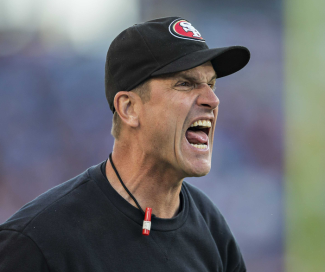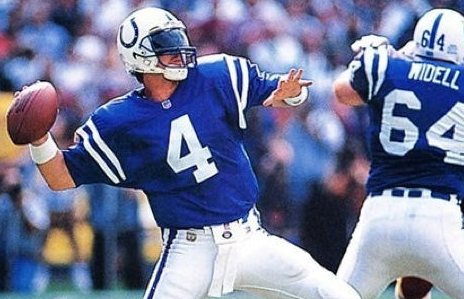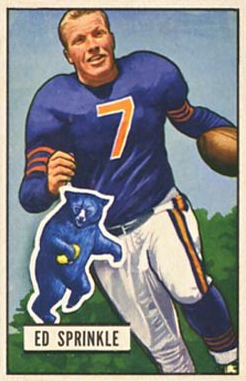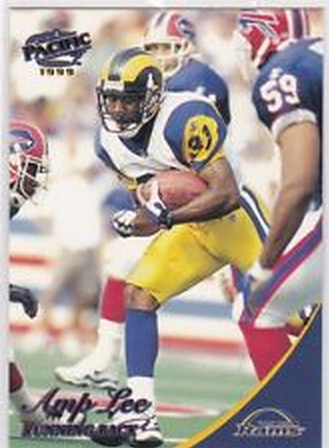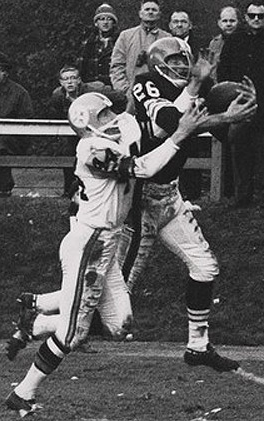The NFL has moved the Bills-Jets game to Detroit this week because the show, of course, must go on. Even when the president of the United States gets assassinated, the show must go on in pro football. In the current case, it’s due to an unsportsmanlike conduct penalty against Mother Nature, who dumped six feet of snow on Orchard Park and forced the Bills to find another venue. So the game will be played Monday night, not Sunday afternoon, and the site will be Ford Field, not Ralph Wilson Stadium.
It wasn’t always thus. In the days before TV mega-contracts, postponements and even cancellations were hardly unheard of. Sometimes all it took was slow sales ticket sales or the threat of bad weather to get owners to reschedule — or to bag the game entirely. Why don’t we revisit some of these episodes so you can get a better feel for The Way Things Were?
We begin with a couple of games in New York that were snowed out Dec. 5, 1926 — one between the Giants and Bears at the Polo Grounds, the other between the Brooklyn Horsemen and Duluth Eskimos at Ebbets Field. (And yes, I’m as surprised as anybody that a game involving the Eskimos could be snowed out.) Here’s how The New York Times reported it:
What’s interesting about the first game is that it was the second of back-to-backers for the Bears. They’d lost the day before to the Frankford Yellow Jackets in Philadelphia — their only loss of the season, it would turn out, and one that would leave them second behind the Yellow Jackets in the final standings. (This was before the league staged a title game to determine its champion.)
I’m kind of amazed George Halas, their owner/coach/end, didn’t insist that the game be played at a later date — for the New York payday as much as for the potential W. But as you can see from the Bears’ 1926 results, it was just canceled (though they did play twice more before calling it a season).
Then there was the time in 1936 the Eagles and Pirates (as the Steelers were called then) got the brilliant idea to move one of their games to Johnstown, Pa. Naturally, there was a flood that caused a postponement. Well, almost a flood. The Pittsburgh Press put it this way:
Two years later, Pittsburgh owner Art Rooney caused a stir by putting off a game against the Cleveland Rams because — brace yourself — he had too many players banged up. The Rams were none to pleased about it, as you can see in this Press story:
What’s interesting about this tempest in a leather helmet is that the teams wound up playing the game in December in New Orleans. It was the first NFL game ever played in the Big Easy. (Why New Orleans, you ask? Answer: During the Depression, clubs that didn’t draw well at home would play anywhere they could get a decent guarantee. The next year, the Rams played their season finale against the Eagles in Colorado Springs.
Moving along, in 1954 the Browns pushed their Oct. 3 home game against the Lions back to Dec. 19 because they weren’t sure if the Indians would need Cleveland Stadium for a World Series game against the New York Giants. (The Indians didn’t. The Giants completed their shocking sweep the day before.)
This created a bizarre situation. When the Browns and Lions finally did meet, all the other teams had completed their schedules — and Browns and Lions had already wrapped up their conference titles. So they played on consecutive Sundays in Cleveland . . . with the whole pro football world watching. The Lions won the first game 14-10, and the Browns won the one that really mattered 56-10. What’s that, a 50-point swing in the space of a week?
I could go on, but I’ll finish with the infamous Bills-Patriots postponement in 1961. The game was supposed to be played on a Friday night in Boston but, with Hurricane Gerda looming, was held over to Sunday. Almost predictably, Gerda ended up being the Brian Bosworth of storms — dozens of area high school contests went on as planned that night — and Buffalo coach Buster Ramsay was convinced the delay was “a deliberate attempt to upset my team. . . . A bush-league trick.”
The Patriots actually had to get the city council approval to reschedule to Sunday. They were using Boston University’s Field, you see, and BU didn’t have a permit for games on the Sabbath, according to The Boston Globe.
When the Bills and Pats finally did play, the weather — 35 degrees with 25-to-30 mph winds — was far worse than it had been Friday night. A mere 9,398 showed up to shiver, and Ramsey’s worst fears were realized: His club came out flat and fell behind 45-0 in a 52-21 loss.
At least we know Buffalo’s postponement this weekend wasn’t “a deliberate attempt to upset” the Jets. There’s real snow on the ground — alps of it. And it’s nice nobody had to go to the Detroit city council to get them to OK a Sunday game. Now Rex Ryan’s bunch just has to keep the Bills from running off to a 45-0 lead.
Source: pro-football-reference.com

